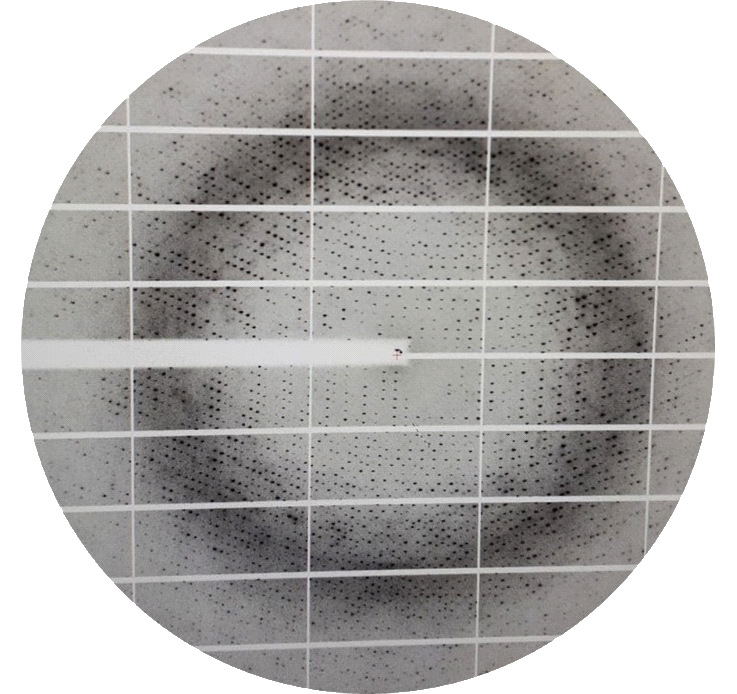
"The mechanism of regioselective oxidative dehydrogenation of 3-ketosteroids catalyzed by Δ1-cholest-4-en-3-one dehydrogenase from Sterolibacterium denitrificans"
Cultivation of bacteria, expression and isolation of the enzyme, preparation and expression of enzyme mutants
The first part of the project employs the development of the enzyme overexpression system in E. coli, its cultivation, and optimization of enzyme purification protocol as well as mutation of several key residues in the active site and isolation of such mutated enzymes.

Theoretical and experimental
investigation of reaction mechanism
The third phase of the project will encompass theoretical studies of the possible reaction pathways. Initially, we will use homology model and the known structure of KstD from Rodoccocus erythropolis and then use the models obtained from XRD study of the enzyme. We will use MD, QM-only, QMMM and QM:MD techniques to verify mechanistic hypotesis and to simulate kinetic isotope effect.

Acnowlegments
PROJECT OPUS 11 "The mechanism of regioselective oxidative dehydrogenation of3-ketosteroids catalyzed by Δ1-cholest-4-en-3-one dehydrogenase from Sterolibacterium denitrificans" is sponsored by the National Science Centre Poland

Enzyme crystalization and
determination of its 3D structure.
Study of the quaternary structure of
the enzyme
AcmB quaternary and 3D structure is up to date unknown. To determine the functional quaternary structure of the enzyme we will employ in the project a combination of biophysical techniques, such as size exclusion chromatography, A-PAGE electrophoresis, dynamic light scattering and AFM microscopy. Furthermore, we will screen for the best crystallization conditions and try to crystalize the enzyme with steroid in the active site and solve its structure with XRD.

Verification of mechanistic hypothesis by means of isotope methods, kinetics and genetic mutations of the enzyme
In parallel to theoretical modeling the AcmB catalytic properties will be characterized with kinetic methods. Steady-state kinetics will be used to establish substrate affinities and maximum reaction velocities, while the stopped-flow technique will be used to determine the kinetic rate of FAD reduction and oxidation. The experiments with the deuterated substrate will deliver experimental values of kinetic isotope effect that will be compared to theoretical predictions.









